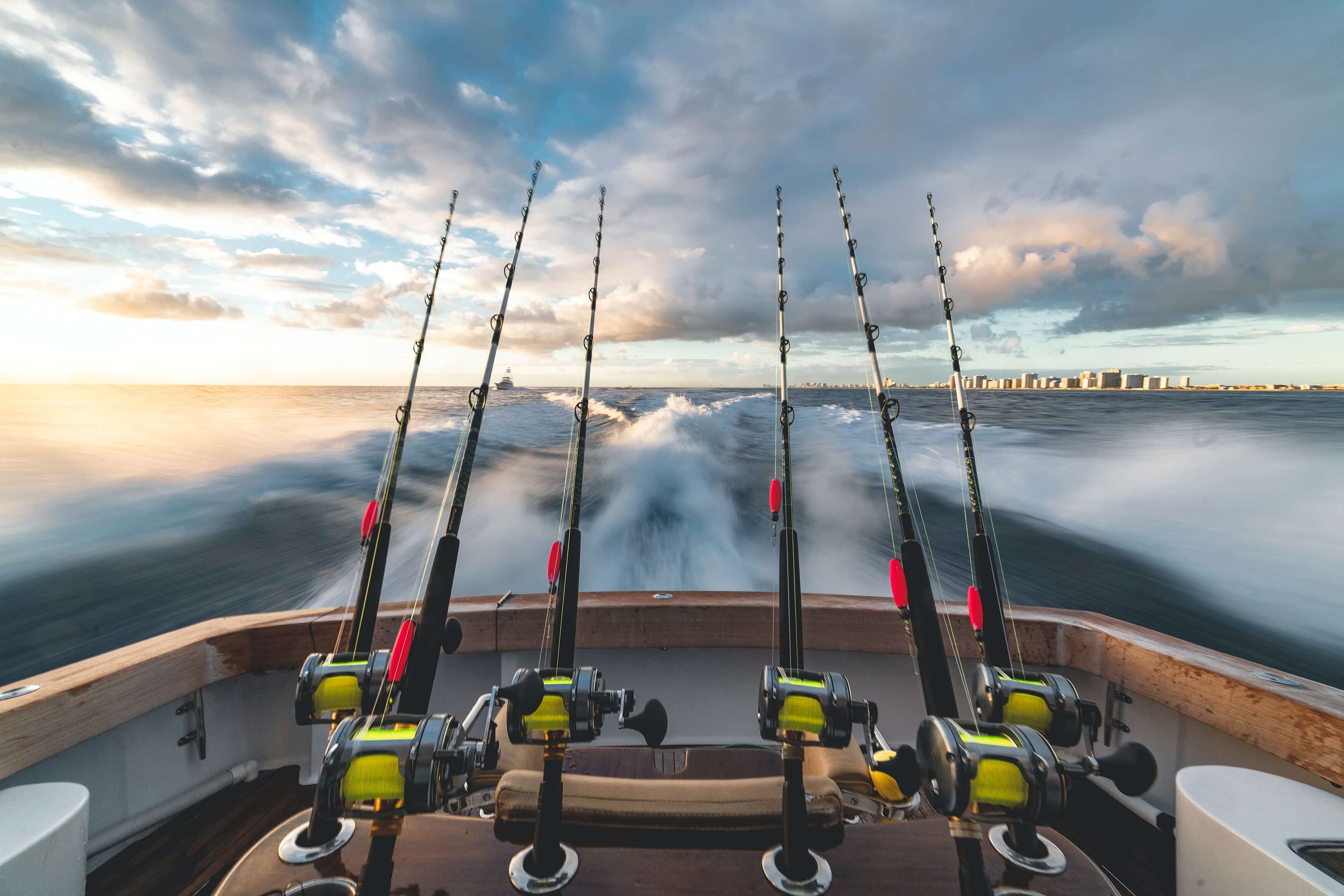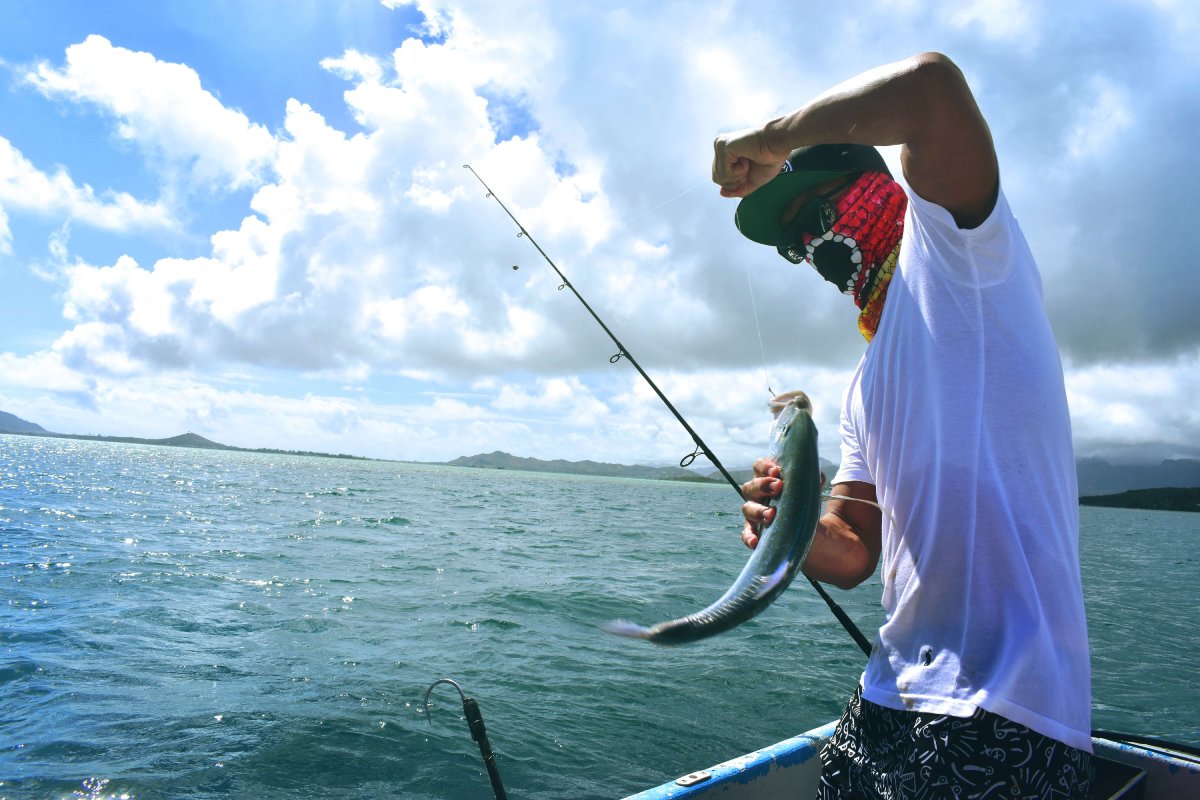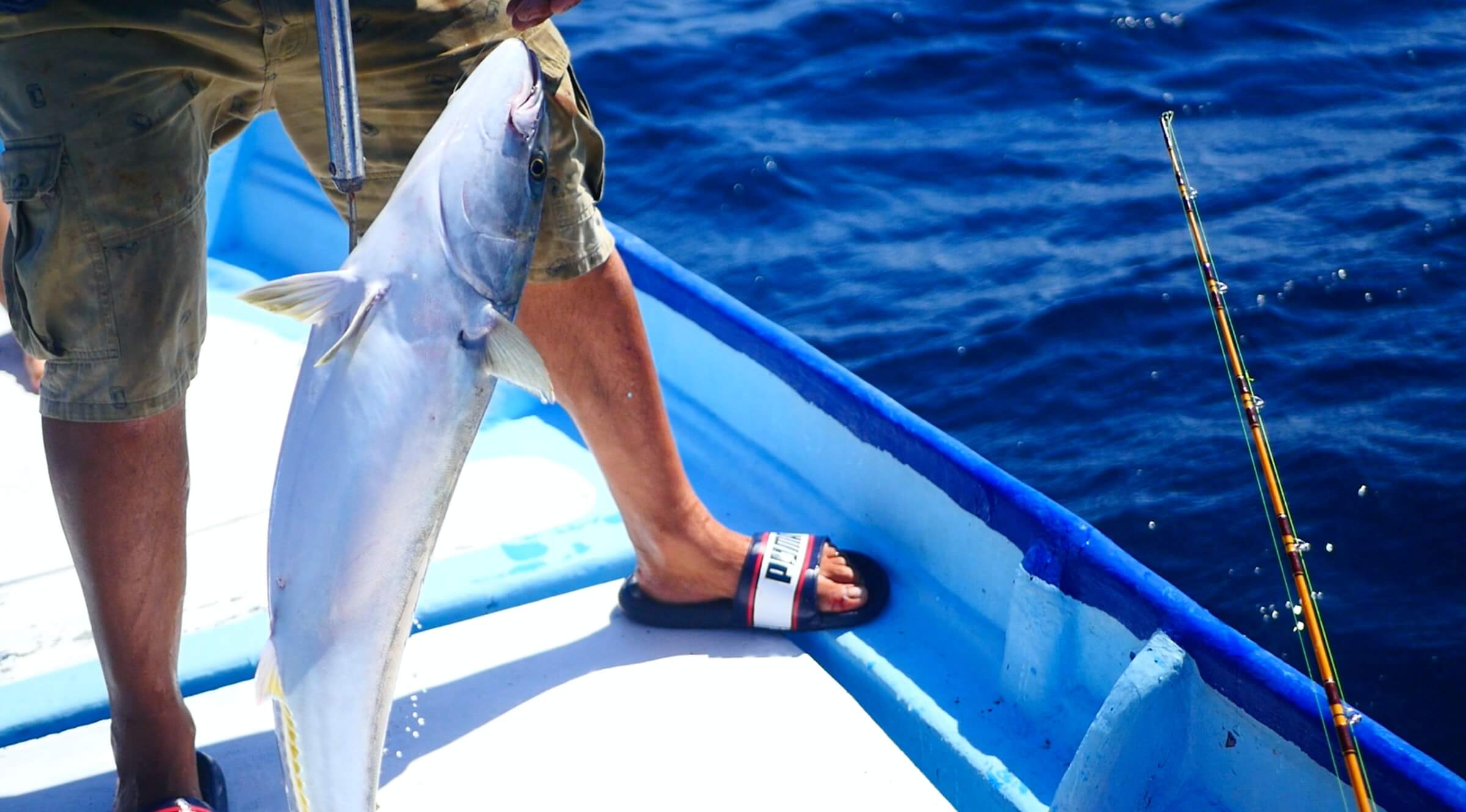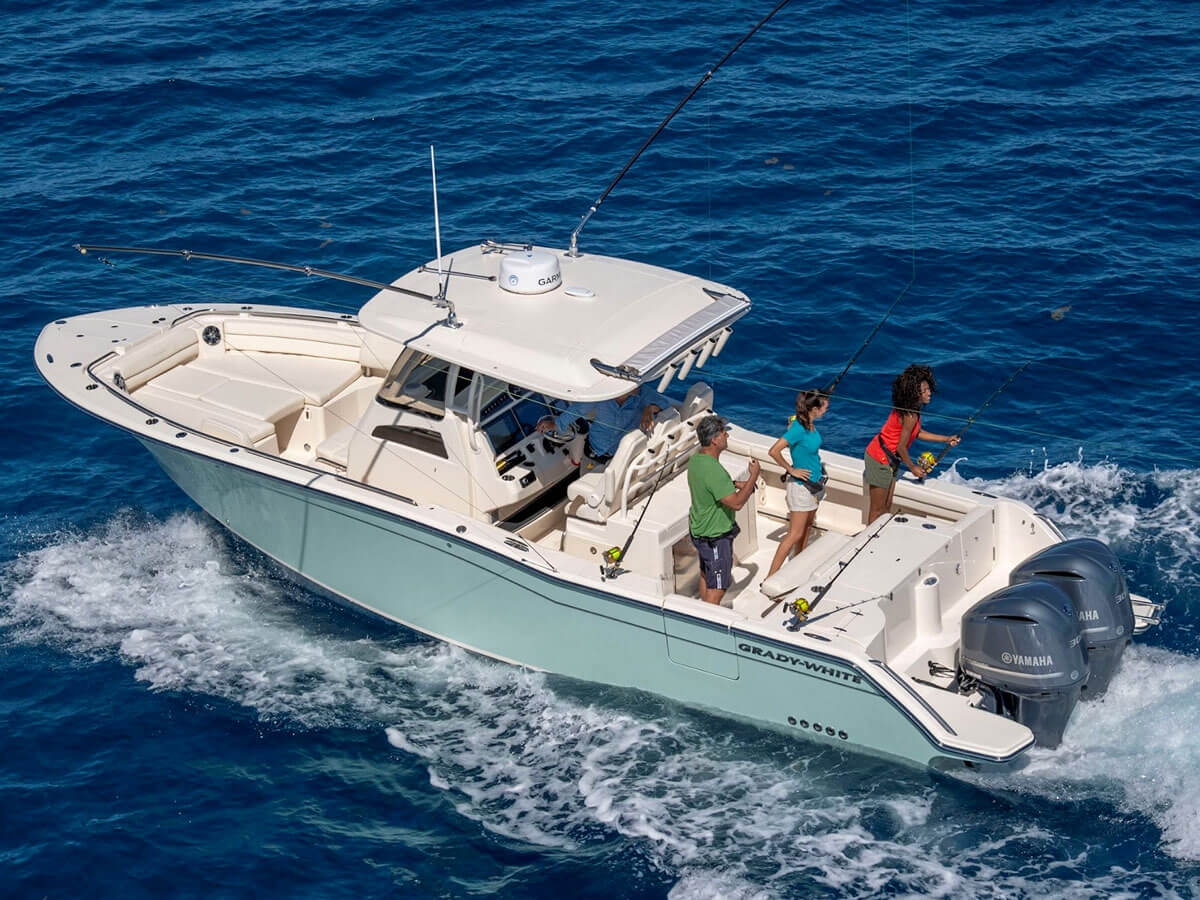
Boat fishing at sea requires a certain knowledge of both the marine environment and a number of techniques. Depending on the weather conditions and the species of fish you're after, you'll need to be able to adapt and become a complete fisherman.
Casting is one of the most affordable and easy to set up. You'll need a rod, reel, line and a few lures to make your first sea casts. You can target bonito, wolffish or mackerel with a feather train.
Jigging is also easy to learn. After a few wise tips, you'll be able to go down to the depths with ease and play the rock with ease thanks to a well-positioned hook, for example. The lure will act as a sinker, allowing you to go down more or less empty and more or less deep.
Trolling is another interesting option. It's a great way of catching big fish, but it's also a great way of catching the famous tuna. There are also lighter methods of fishing for sea bass in shallow areas, for example, or while sailing between two stations.
Bait fishing is a little more technical. You'll need to learn how to set up your rig so that you are ideally positioned in relation to obstacles, currents and tidal swings. A wide range of techniques are available, from the most static to the most thrilling and exciting surface uses.
Cast-and-reel fishing

This is the most popular technique of recent years and one of the most accessible. It allows you to quickly catch your first fish without having to master the technique.
You will need a rod. From a boat, you generally don't need a long rod. You'll have to make do with a rod between 2m10 and 2m40, with a power range of up to 80g max.
The reel will need to be tough enough to cope with heavy fish, but also to withstand corrosion over time. From a size 2500 for the lightest uses, you can turn to 4000 / 5000 for strong fishing.
The line will often be braid. Don't hesitate to choose quality models, which will guarantee you not only great casting qualities and sensitivity, but also a greater chance of getting to the end of your fight.
The lures you use will enable you to track a wide variety of species. Hard bait, soft lures, casting jigs (for bonito) or surface lures for wolffish, will all be different possibilities to use depending on the species and conditions encountered.
Jigging, boat fishing par excellence

This involves using a metal jig and moving it all along the water column where the fish is located. It's a technique that's perhaps even easier to learn than casting and retrieving. You'll need to equip yourself in the same way, with a choice between casting and spinning tackle.
Jig fishermen can catch many different fish all over the world. Depending on weight and size, as well as sink rate and shape, you'll target one species of fish or another. You can catch sea bass, pollack or mackerel
A few tips will be essential to get you off to a good start so that you don't quickly find yourself faced with multiple losses, particularly with the rocks and the various obstacles you come across.
Trolling, a typical boat technique

Again, this is a very popular way of fishing. There are several reasons for this. First of all, it allows you to combine family life and walks on the water with the possibility of fishing at the same time. It's an opportunity to take your time and enjoy every moment.
It's also an opportunity for those who love record-breaking fish to tackle subjects like tuna, which never stop swimming. So you can imagine catching fish weighing dozens of kilos and even more.
You can practice this around the globe, just about anywhere, with a variety of very interesting and combative fish species. You'll soon be won over by the extraordinary battles in store, and you could spend long minutes behind a harness trying to bend a record-breaking fish.
You'll need to choose your equipment carefully. The line, the braid, the shock leader and the hook will all have to stand up to the formidable demands, sometimes from subjects weighing in excess of 100kg.
Other techniques
You can practice eging from your boat. With a few jigs, either cast or rigged with a weight, you can easily fish for cephalopods such as cuttlefish or squid. You can fish both day and night.
Scrambling, which is very popular in the Mediterranean, is a very popular technique for stalking the biggest tuna. It's fairly simple to set up, but requires very solid tackle to cope with such power. You'll also need to have bait that you regularly throw overboard on the surface of the water, to get the fish used to feeding in this way. Sardines are still one of the best choices. Pay attention to the regularity of your distribution and the positioning and depth of the lines you use.
Then there are the lighter techniques of bait or live bait fishing. Using drifts or rocky areas, you can easily flush out different species of fish and offer them a suitable meal. This applies in all the countries where you can practice your passion.
Our other articles on sea fishing:
